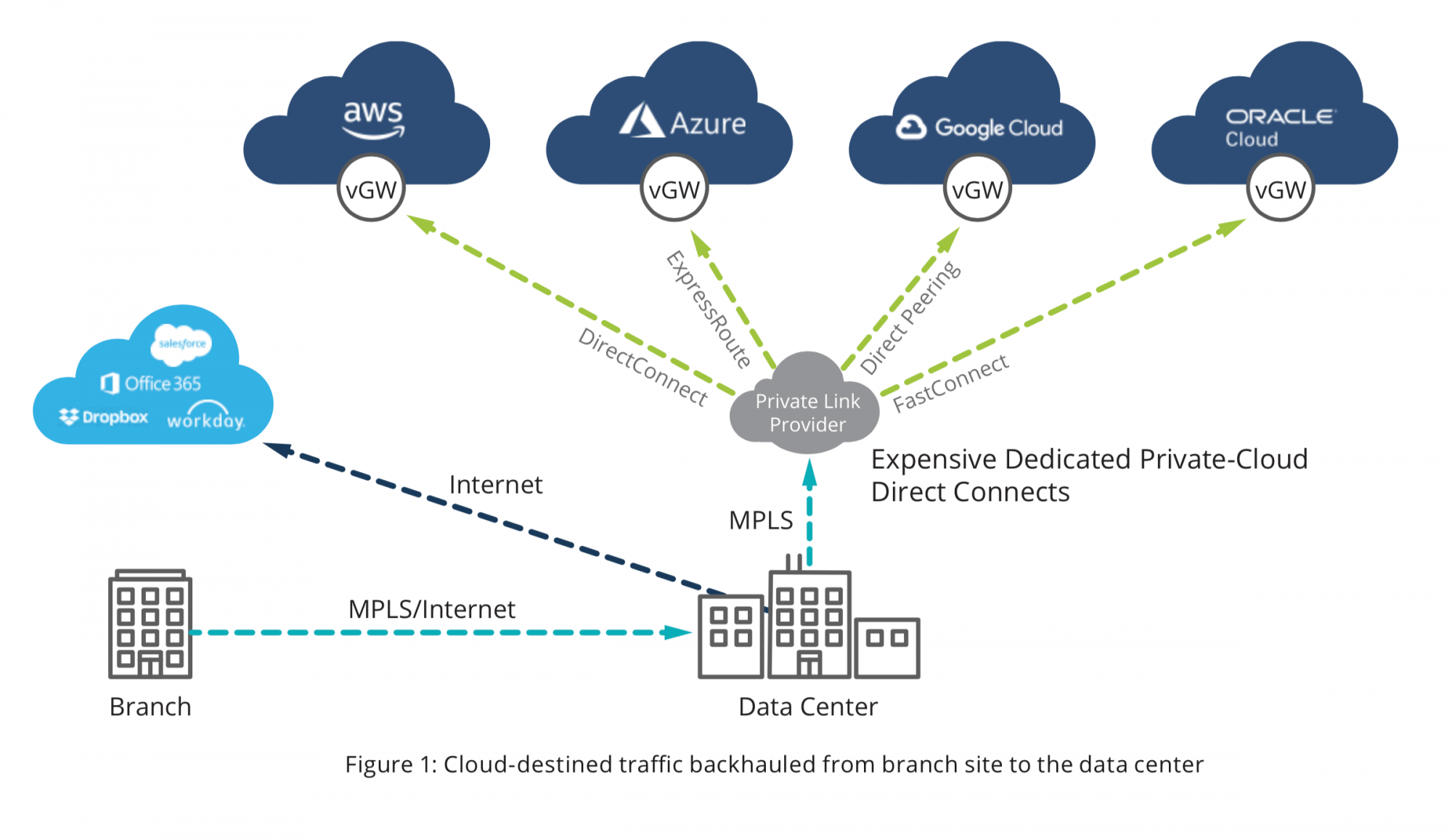Who Else Wants To Learn About Cloud Networking?
페이지 정보

본문
 Introduction:
Introduction:Multicloud networking has emerged as a popular trend in the world of cloud computing, enabling organizations to leverage multiple cloud providers simultaneously. This approach offers several benefits, including increased flexibility, scalability, and reliability. In this report, we will delve into the concept of multicloud networking, its key components, advantages, challenges, and best practices.
Key Components of Multicloud Networking:
Multicloud networking involves the seamless integration of multiple cloud environments, such as public, cloud networking private, and hybrid clouds. The key components of multicloud networking include:
1. Cloud Service Providers (CSPs): Organizations can choose from a variety of CSPs, such as Amazon Web Services (AWS), Microsoft Azure, Google Cloud Platform, and IBM Cloud. By utilizing multiple CSPs, organizations can avoid vendor lock-in and take advantage of the unique features and services offered by each provider.
2. Virtual Private Clouds (VPCs): VPCs enable organizations to create isolated virtual networks within a public cloud environment. By leveraging VPCs, organizations can segment their workloads, applications, and Cloud Networking data to improve security and compliance.
3. Networking Technologies: Multicloud networking relies on a range of networking technologies, such as virtual private networks (VPNs), software-defined networking (SDN), and application delivery controllers (ADCs). These technologies enable organizations to establish secure and high-performance connections between their on-premises infrastructure and various cloud environments.
Advantages of Multicloud Networking:
Multicloud networking offers several advantages for organizations seeking to leverage the power of multiple Cloud Networking providers. Some of the key benefits include:
1. Flexibility: Multicloud networking enables organizations to mix and match cloud services from different providers to meet their specific requirements. This flexibility allows organizations to choose the best-in-class services for each workload or application.
2. Scalability: With multicloud networking, organizations can easily scale their resources up or down based on fluctuating demand. This scalability ensures that organizations can meet the needs of their customers without incurring unnecessary costs.
3. Resilience: By distributing workloads across multiple cloud environments, organizations can improve the resilience and availability of their applications and services. In the event of a service outage or downtime, organizations can failover to a secondary cloud provider to ensure uninterrupted service.
Challenges of Multicloud Networking:
Despite its many advantages, multicloud networking also presents several challenges that organizations must address. Some of the key challenges include:
1. Interoperability: Ensuring seamless interoperability between different cloud environments can be complex and challenging. Organizations need to carefully consider how they will integrate their networking components, security policies, and data across multiple cloud providers.
2. Security: Managing security across multiple cloud environments can be daunting, as organizations must protect their data and applications from a range of threats, including unauthorized access, data breaches, and malware attacks. Implementing robust security measures, such as encryption and access control, is essential for securing multicloud networks.
3. Cost Management: Utilizing multiple cloud providers can lead to increased costs, as organizations may need to pay for redundant services and data transfer fees. Organizations must carefully monitor their usage and spending across different cloud providers to optimize costs and maximize ROI.
Best Practices for Multicloud Networking:
To effectively leverage multicloud networking, organizations should follow a set of best practices to ensure a smooth and successful implementation. Some key best practices include:
1. Define a Clear Strategy: Organizations should develop a clear multicloud strategy that outlines their goals, requirements, and priorities. This strategy should consider factors such as workload placement, data governance, security policies, and compliance requirements.
2. Implement Automation: Automating key networking tasks, such as provisioning, configuration, and monitoring, can help organizations streamline their multicloud operations and improve efficiency. By leveraging automation tools and technologies, organizations can reduce manual errors and ensure consistency across cloud environments.
3. Monitor Performance and Security: Monitoring the performance and security of multicloud networks is essential for identifying issues, Cloud Networking optimizing resources, and mitigating risks. Organizations should implement robust monitoring tools and metrics to track network traffic, latency, and security events in real-time.
Conclusion:
Multicloud networking offers organizations a powerful solution for leveraging the benefits of multiple cloud providers. By carefully considering the key components, advantages, challenges, and best practices of multicloud networking, organizations can ensure a successful implementation and achieve their strategic goals. As the adoption of multicloud networking continues to grow, organizations must stay abreast of the latest trends and technologies to maximize the value of their multicloud environments.
- 이전글Auto Auctions Are Together With Former Rental Cars 24.08.24
- 다음글10 Awesome Recommendations on Betinternet Free Bet From Unlikely Websites 24.08.24
댓글목록
등록된 댓글이 없습니다.


